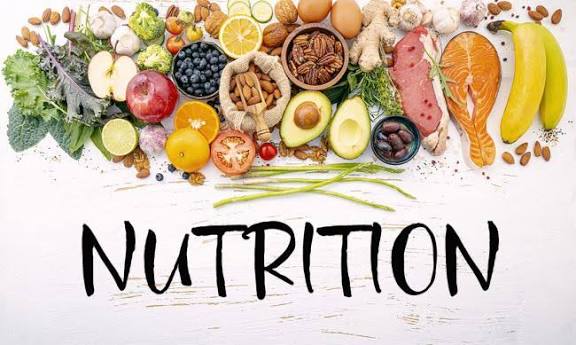Dr Kayode (HOD)
📝 Specific Dynamic Action (SDA) and Macronutrients
Specific Dynamic Action (SDA) – can also be called….Caloriegenic Action
* SDA – Caloriegenic action, Thermogenic action, Thermal effect.
* Definition: Therefore, the SDA can be defined as the extra heat production by the body over the above calculated caloric values when a given food is metabolized by the body.
SDA Functions and Calculations
* …different food substances have their specific SDA functions. For instance 25g of protein might yield 100 cals (25×4) cal.
* However, when 25g of protein from a certain foodstuff is utilized, it produces 130 cal instead of 100 cal.
* SDA for protein = 130 – 100 = 30\%
* Likewise, the equivalent fat content will generate 113 calories.
* SDA for fat = 113 – 100 = 13 cal
* More so, that of carbohydrate is 105.
* SDA for carbohydrate = 105 – 100 = 5 cal
* Therefore the SDA of protein is 30%
* SDA of fat is 13%
* SDA of carbohydrate is 5%
* Therefore, it can be inferred that protein has the highest SDA, while carbohydrate has the lowest SDA.
SDA of Mixed Diet
* The SDA of mixed diet is not additive.
* Therefore, the calculated SDA of mixed diet is 10%.
* The higher the SDA for protein is an indication that protein is not a good source of energy.
* However, fat is the best source of energy due to its lower effect on SDA.
Ketosis
* KETOSIS is a metabolic state whereby a body burns fats for fuel instead of carbohydrates which might leads to the generation or productions of ketones.
Nutritional Importance of Carbohydrates
* Carbohydrates are food substances that contains carbon, hydrogen, oxygen, etc.
* Carbohydrates containing food are the chief source of energy. It contains 60-70% of the caloric requirements by the body.
* All carbohydrates are also known as saccharides.
* The saccharide can be grouped into three:
* * Mono-Saccharide
* * Di-Saccharide
* * Poly-Saccharide
* The monosaccharide contains the monomeric unit of carbohydrates \rightarrow glucose, galactose and fructose.
* The disaccharide on hydrolysis yield.Two monosaccharide e.g
* Sucrose = Glucose + Fructose
* Maltose = Glucose + Glucose
* Lactose = Glucose + Galactose
Polysaccharide on hydrolysis yields two or more monosaccharides e.g.( research)
In general carbohydrate can be grouped into two categories:
* Carbohydrate Utilize
* Carbohydrate Unutilize
Carbohydrate Utilize are carbohydrates that are digestible by the GIT e.g. glucose, galactose, fructose, starch, glycogen, lactose, maltose and sucrose.
Carbohydrate Unutilize are carbohydrate that the GIT cannot digest e.g. cellulose, hemicellulose, pectin, gums.
Among the carbohydrate utilized by the body most starch is the abundant. The consumption of starch has… distinct advantage due to:
* bland taste
* satiety value
* slow digestion and absorption.
Sucrose also known as table sugar due to its sweetness can be consumed to an extent, extend excessive intake of sucrose causes dental carries and an increase in plasma lipid level associated with many health complication.
Functions of Carbohydrates (from Image 1)
functions of carbohydrates:
* It is a measure source of energy
* to protein sparing action:
* Absolute requirement by the brain: The brain is dependent on glucose as a source of energy, therefore prolonged hypoglycemia may lead to irreversible brain damage.
* Carbohydrate is required for the oxidation of fat.
* Carbohydrate supply energy for muscle
* Synthesis of penthosis (Likely meant to be Pentoses)
* Carbohydrate containing food helps in the synthesis of fats
* Synthesis of non-essential amino acid e.g.
Non-essential Amino Acids (from Image 3)
Alanine, asparagine, aspartic acid, glutamic acid, Serine
Sources of Carbohydrates (from Image 3)
The sources of carbohydrate include:
* Sucrose (< 99\%)
* Cereals (60\% – 80\%)
* Pulses (50\% – 60\%)
* Roots and tuber (20\% – 40\%)
* Bread (50\% – 60\%)




